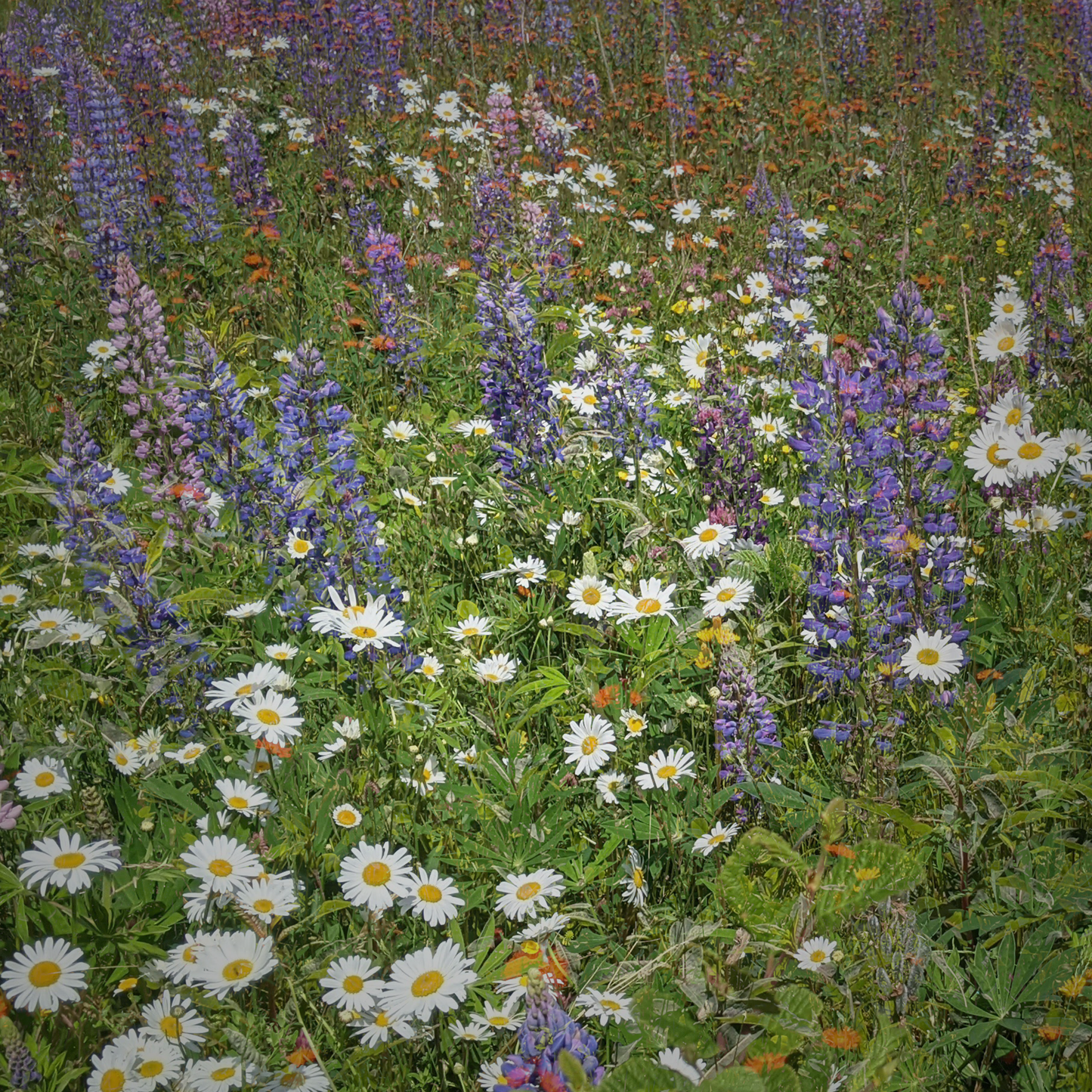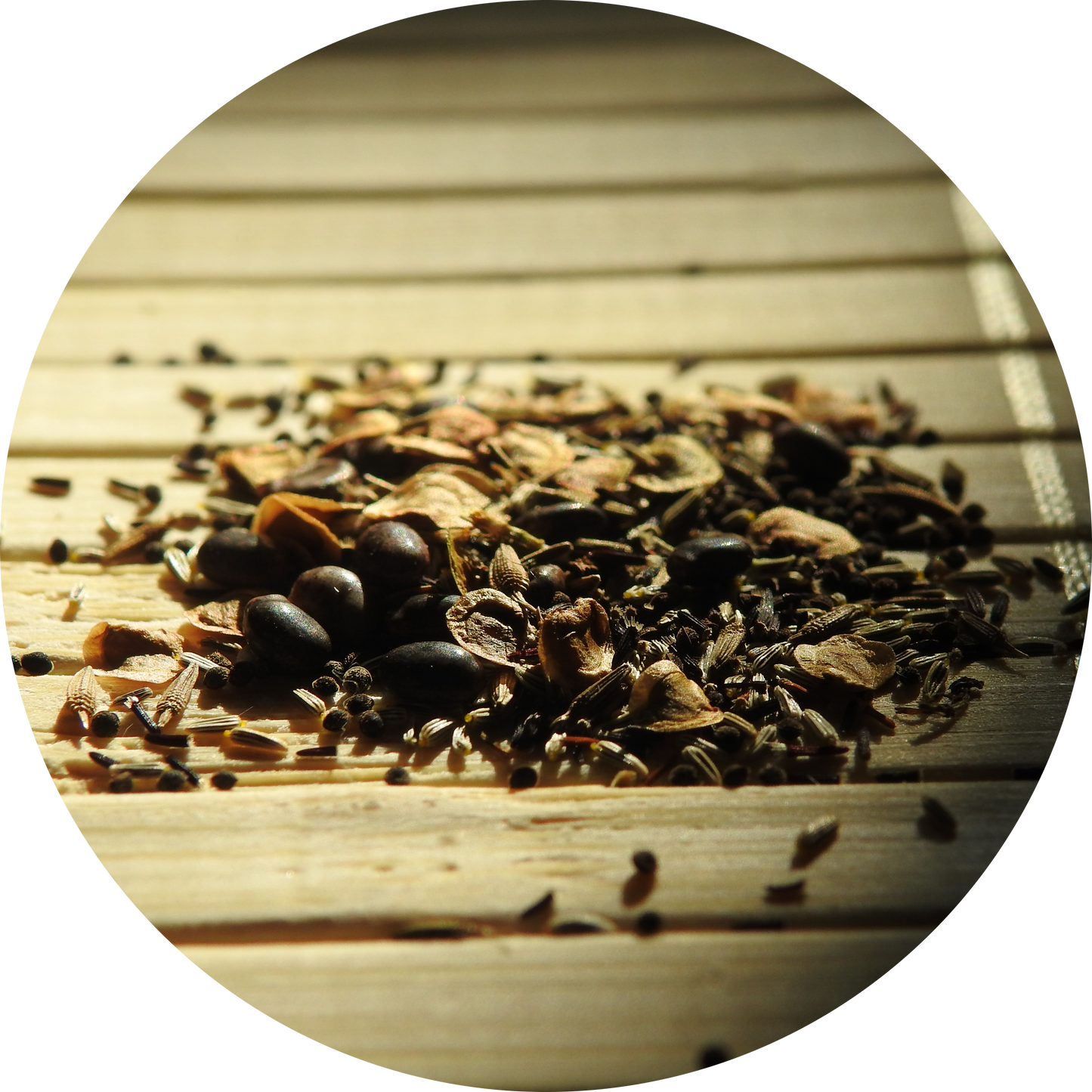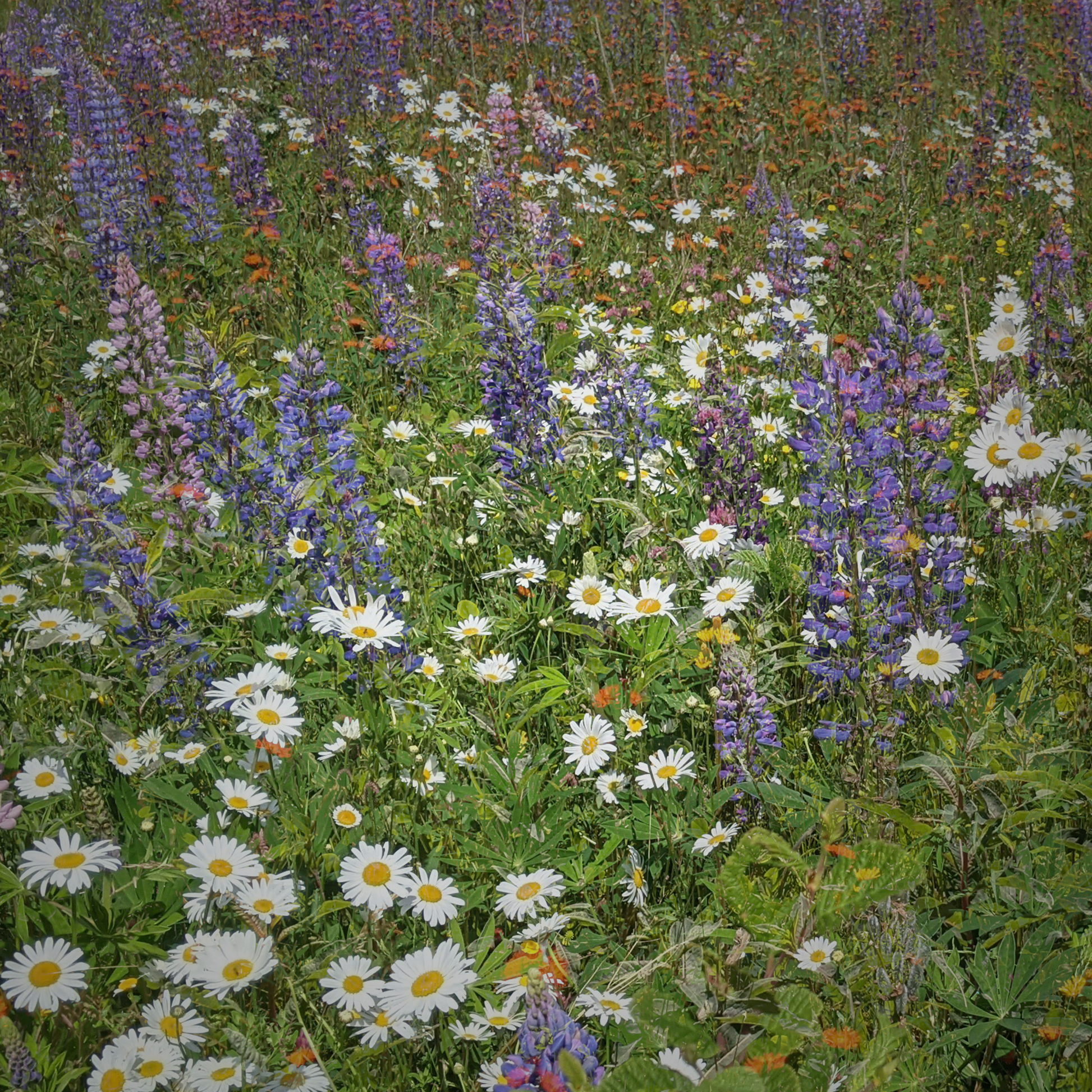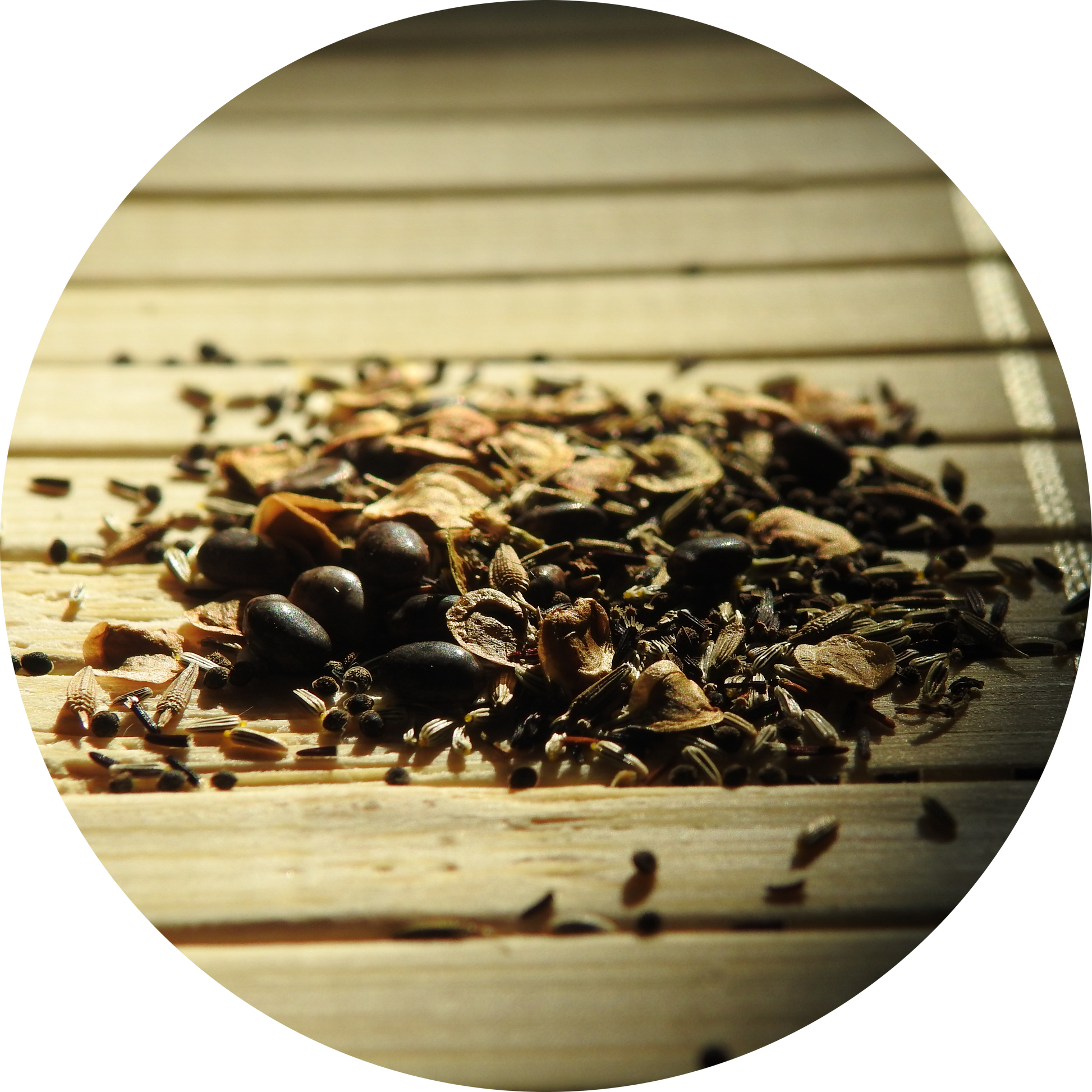Pitcher Flower Seeds
'For the bees' Newfoundland wildflower seed mix
'For the bees' Newfoundland wildflower seed mix
Couldn't load pickup availability
Limit four(4) per customer.*
A beautiful blend of common wildflower species growing freely across Newfoundland.
A bright mix of colours and sizes, the species both ours, and our pollinators' favourites!
Packages cover approximately a 1x1 meter patch in its first year, and will expand with each successive plant's self-seeding.
These species can easily spread so it is recommended to grow in a contained area or in pots.
The species included in this blend consist of native species as well as naturalized species.
You'll be growing a wildflower garden with these flowers;
- Fireweed (Chamaenerion angustifolium, native)
- Black knapweed (Centaurea nigra, naturalized)
- St. John's wort (Hypericum perforatum, naturalized)
- Self-heal (Prunella vulgaris, native)
- Oxeye daisies (Leucanthemum vulgare, naturalized)
- Thyme-leaf Speedwell (Veronica serpyllifolia, native)
- Mixed lupins (Lupinus polyphyllus, naturalized)
- Musk Mallow (Malva moschata, naturalized)
- Pineappleweed (Matricaria discoidea, native)
- Mixed clovers (Trifolium spp., naturalized)
Instructions
Sow the seeds in spring or fall and cover lightly with dirt. Ideally, use regular ‘wild’ soil, since good mix is often ‘too good’ for these plants to thrive. You can mix half-and-half if you wish.
Sow your seeds directly after the last frost, or whenever soil is workable. Sprinkle seeds and cover lightly with dirt. Keep moist and seeds will sprout in ~1 to 4 weeks, depending on the species.
Once your plants start growing, just water them occasionally and leave them be! You can also sow in the fall to start, and cover for the winter.
You may also have luck starting indoors.
These flowers have all naturalized to our unpredictable & often harsh climate, and some can be considered weeds. As such, they’re pretty hardy and you shouldn’t have difficulty growing these. You can also use a bloom fertilizer for more flowers! A lot of these flowers are perennial. Most self-seed in fall, and can return each year if the bed is protected.
Some flowers might not bloom until the second year. (particularly Lupins and Fireweed) You may be able to get blooms in the next season if you start seeds for fall, and cover plants through winter!
*Larger orders can be discussed, please reach out :)




